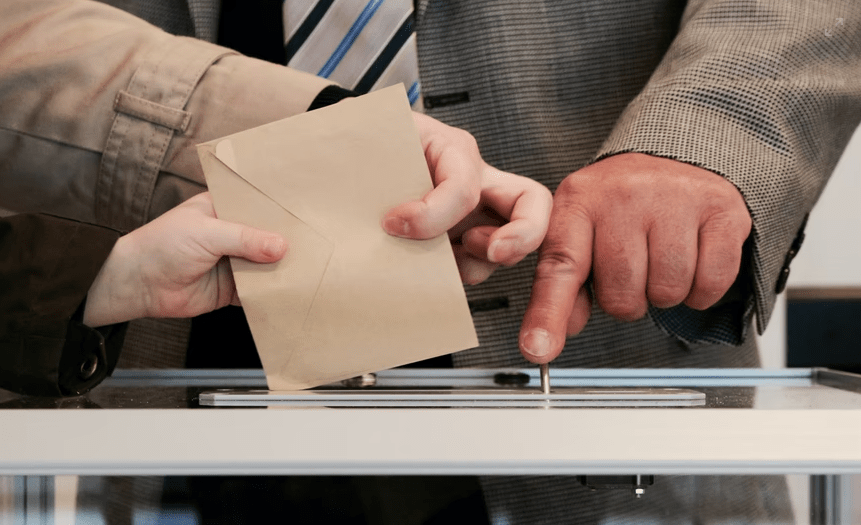The action that directs voters’ choices during a voting round can affect the results of that vote. For example, suppose that a group has ranked the cities in preference, and two people decide not to vote for strawberry or chocolate. If they do not, their choice is invalid, and their vote will go to the next highest-ranked candidate. In this case, the group’s decision will not affect the outcome.
This ranked-choice election process uses a system called ranked-choice voting. This method determines a party’s nominee for an office based on the total number of votes cast for each candidate. The top two candidates advance to the next round. The bottom two candidates are eliminated in the next round. The top two candidates in each round win. The action of the voters determines the top two candidates in each game.
In a ranked-choice election, the top two candidates are chosen. In this case, Bill is the first choice. If the top two candidates in each round are the same, each round’s results are the same. If the top two candidates do not win in the first round, they move on to the next round. If Bill is not the first or second option, the voter may support an alternate candidate. This process is called an instant runoff.
During a ranked-choice안전놀이터election, the board of elections shall release an unofficial tally. This tally shall include the total number of ballots marked with rank number one. It shall also give the number of votes for each candidate in each round of tabulation. The board of elections should publish the unofficial tally. The board of elections will announce the results. The action that directs their choice rounds becomes more transparent in this process.
The action that directs their choice rounds depends on the type of election. In ranked-choice voting, the top two candidates are ranked by their popularity. The effort that runs their choice games will also affect the results of the elections. For example, in an election with ranked-choice voting, the top two candidates who receive the most votes will be declared the winner. The next step will be to determine if the winning candidate has a majority of the votes.
A ranked-choice election is a type of election that allows voters to choose the candidates of their choice in the first round. The next game, ranked-choice voting, requires the voters to rank the candidates based on their popularity and suitability. During the ranked-choice election, the top two candidates must be the same, and the second candidate must have the same level of popularity. If a candidate has a majority of votes in the first round, they will win.
In ranked-choice voting, each voter ranks up to five candidates in order of preference. The first round is conducted by a plurality of voters, which elect the candidate with the most votes. A single-winner election runs the second round. The election winner is the party’s nominee, and a party leads the second round. In ranked-choice voting, the party’s nominees are selected by the voters.
In ranked-choice voting, voters rank up to five candidates and choose the top candidate. The board of elections then determines the winner. Once the election is complete, the polls must release the unofficial tally. The election results are not final, and there are two rounds of tabulation. The number of votes cast for each candidate for each ranked-choice election is the first round.
The action that directs their choice rounds is called ranked-choice voting. In ranked-choice voting, voters rank up to five candidates. If the top two candidates are in a tie, the voters will vote for the lowest candidate. However, ranked-choice voting can also lead to more diverse selections. Several studies have shown that more women and minority candidates are elected in ranked-choice elections. They are also more likely to be more likely to represent their communities.

